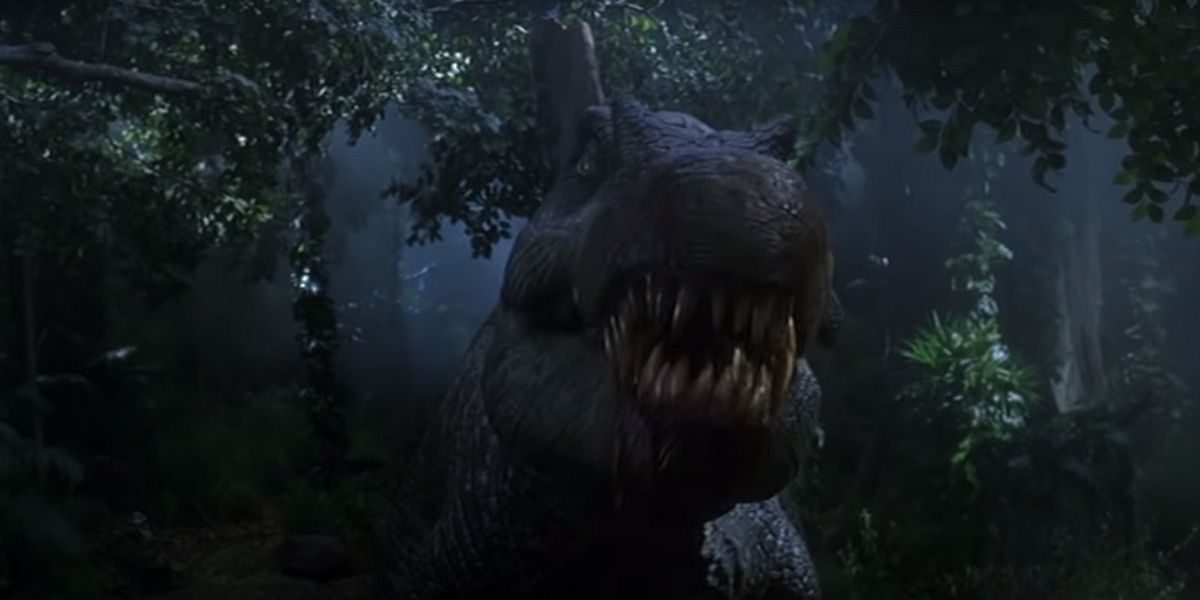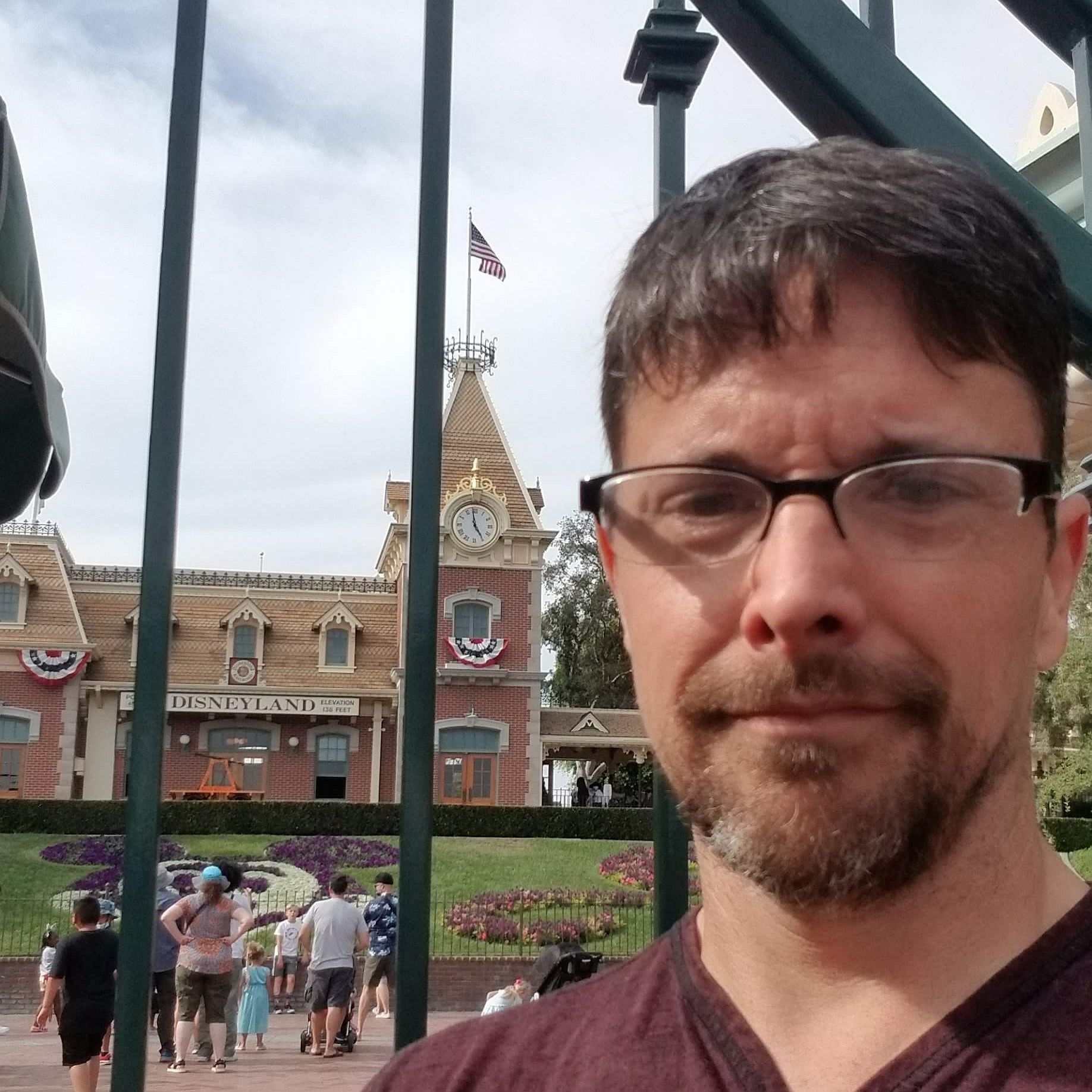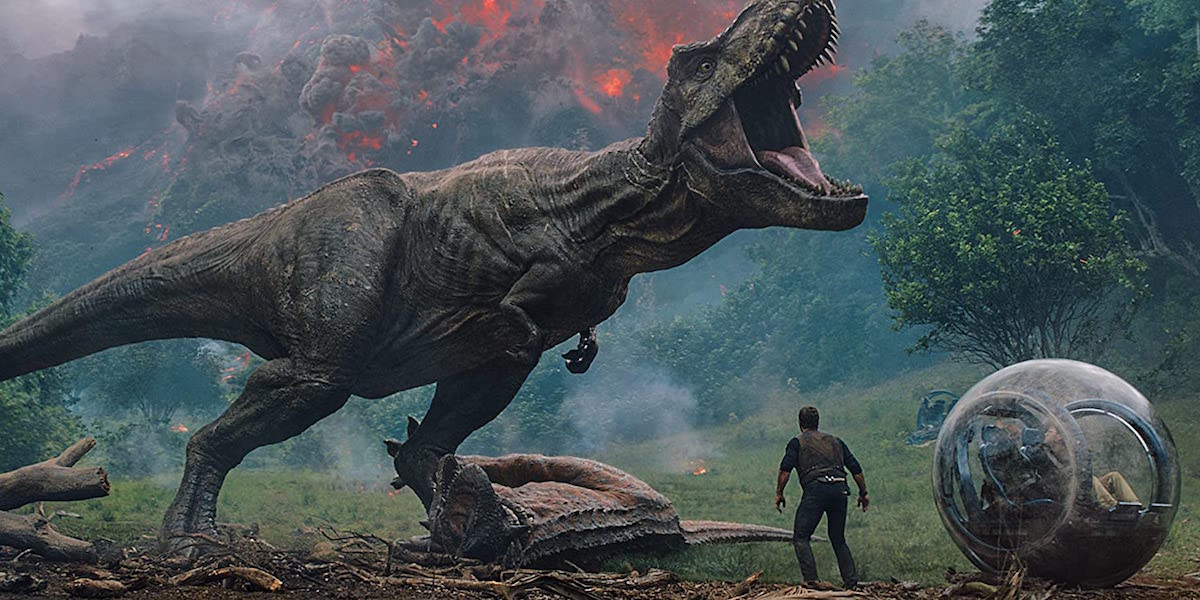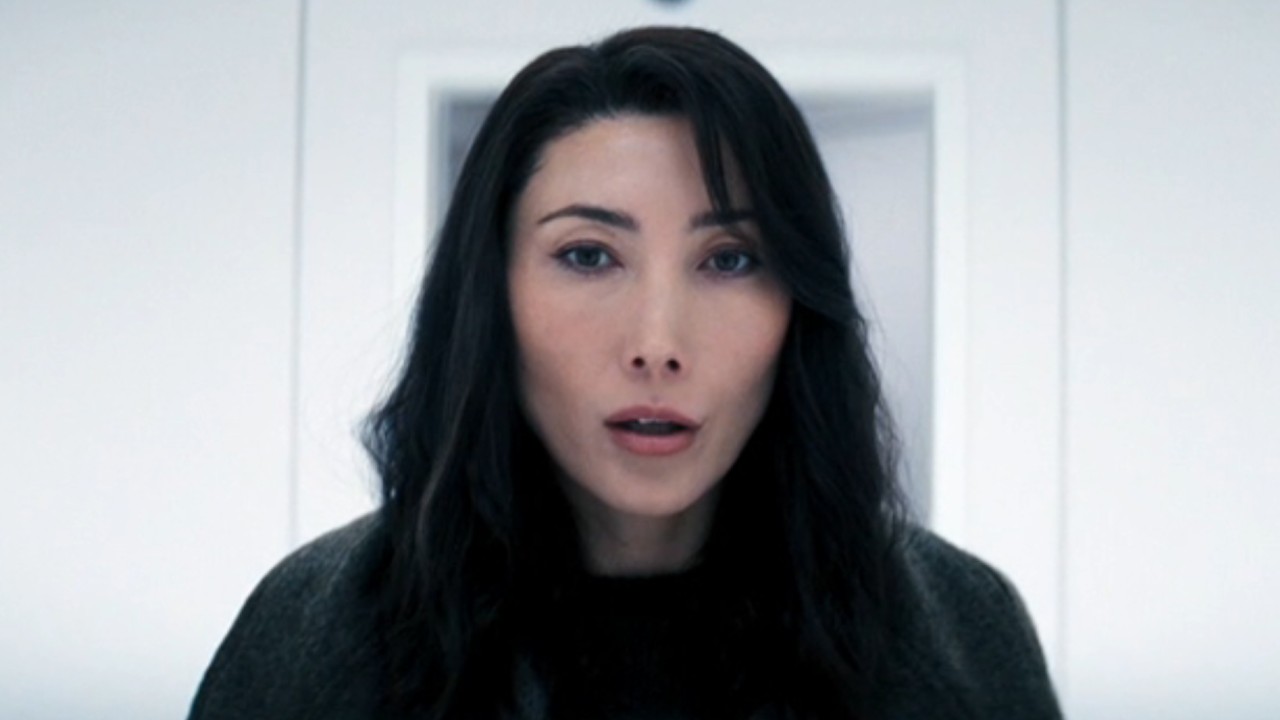Turns Out Jurassic Park III's Villain Dinosaur Isn't Very Accurate At All

There's a great moment in Jurassic World where B.D. Wong's character, Dr. Henry Wu, mentions off-hand that, if the dinosaurs in the theme park looked more like they actually did in reality, they would more closely resemble birds. It's a great moment because it acknowledges some scientific truths that we now know to be the case, that we simply weren't aware of when the first Jurassic Park movie came out. It allows the movies to remain in continuity and give us the scary reptilian creatures most of us are still familiar with but it makes a point to acknowledge the inaccuracy of it all. Science always moves forward, and it has yet again. It turns out even more of Jurassic Park was wrong.
It seems that a lot of what we thought we knew about a particular dinosaur, Spinosaurus aegyptiacus, was wrong. This particular dinosaur is an important part of the Jurassic Park franchise as it was the main dino antagonist of Jurassic Park III as it chased Sam Neill and friends all over the island. Except, it now seems that an actual Spinosaurus would have done nothing of the kind, as the creature actually lived in the water.
According to a new study in the journals Cretaceous Research (via the Weather Channel), a team of researchers working in Morocco, where a river existed millions of years ago, unearthed 1,200 teeth belonging to the Spinosaurus. The volume of teeth found in the region belonging to that one species has caused these researchers to conclude that the Spinosaurus was a river-dwelling creature. The teeth were mostly found within the river bed itself alongside the remains of other prehistoric fish and other known aquatic species, which means this dinosaur was likely living in the water, not simply near it.
And so, if the Spinosaurus lived in the water, then we wouldn't expect to see it doing battle with a T. Rex in the jungle in Jurassic Park III. Technically, this makes the moment in the film a flaw, though that's only because the science was incomplete at the time, just like the fact that dinosaurs would have had feathers and not scales.
This is far from the first time we've gained evidence that our understanding of dinosaurs was incomplete and it won't be the last. At the end of the day, for a movie franchise based on the idea of cloning prehistoric DNA, it probably won't change the way anybody feels about the franchise. And I'm not sure anybody was basing their complete understanding of dinosaurs on the Jurassic Park movies. But it's always good to know what history has to say. We'll have to see if Jurassic World: Dominion has anything to say about the Spinosaurus when it comes out next year.
CINEMABLEND NEWSLETTER
Your Daily Blend of Entertainment News

CinemaBlend’s resident theme park junkie and amateur Disney historian, Dirk began writing for CinemaBlend as a freelancer in 2015 before joining the site full-time in 2018. He has previously held positions as a Staff Writer and Games Editor, but has more recently transformed his true passion into his job as the head of the site's Theme Park section. He has previously done freelance work for various gaming and technology sites. Prior to starting his second career as a writer he worked for 12 years in sales for various companies within the consumer electronics industry. He has a degree in political science from the University of California, Davis. Is an armchair Imagineer, Epcot Stan, Future Club 33 Member.










